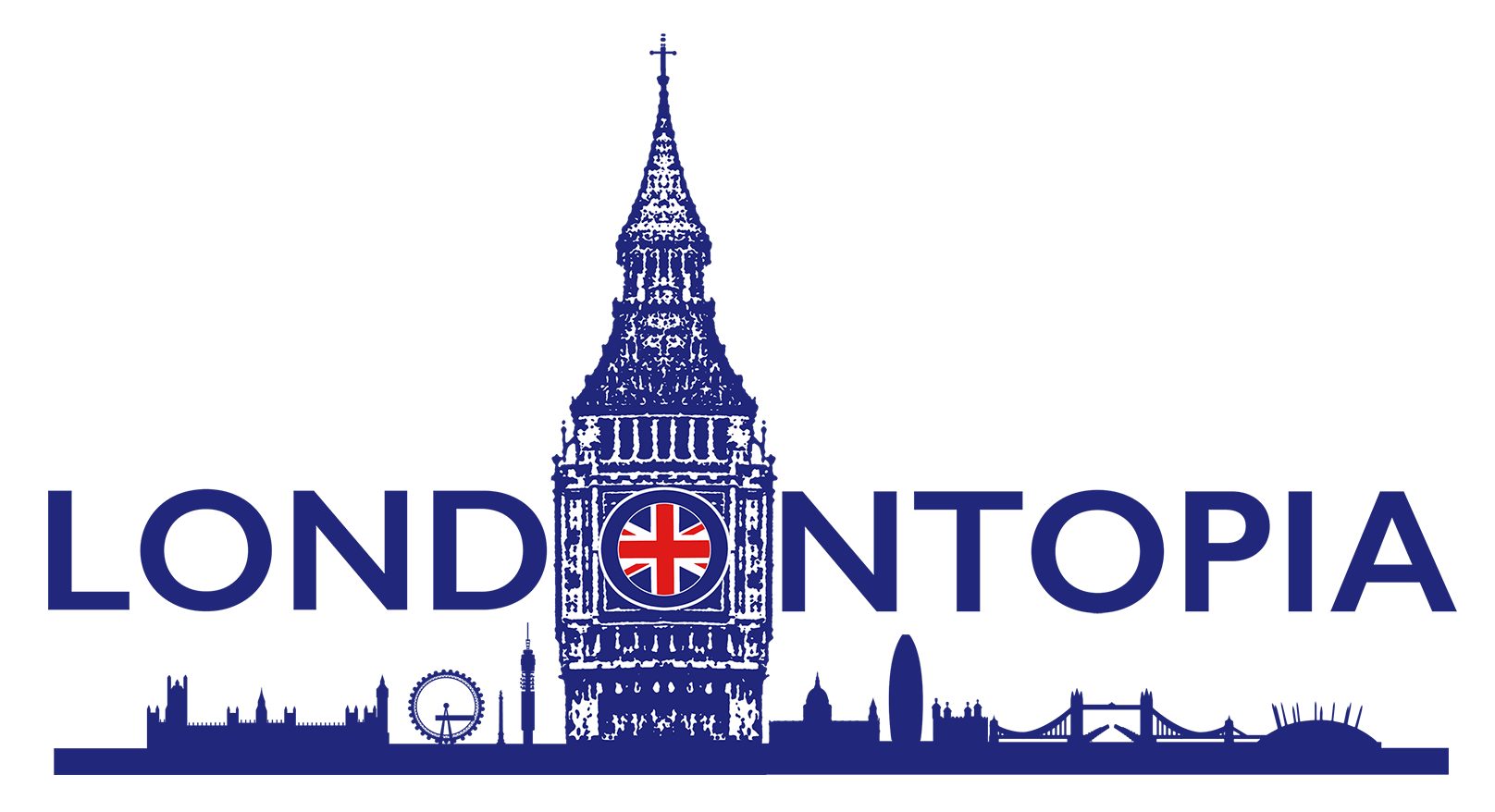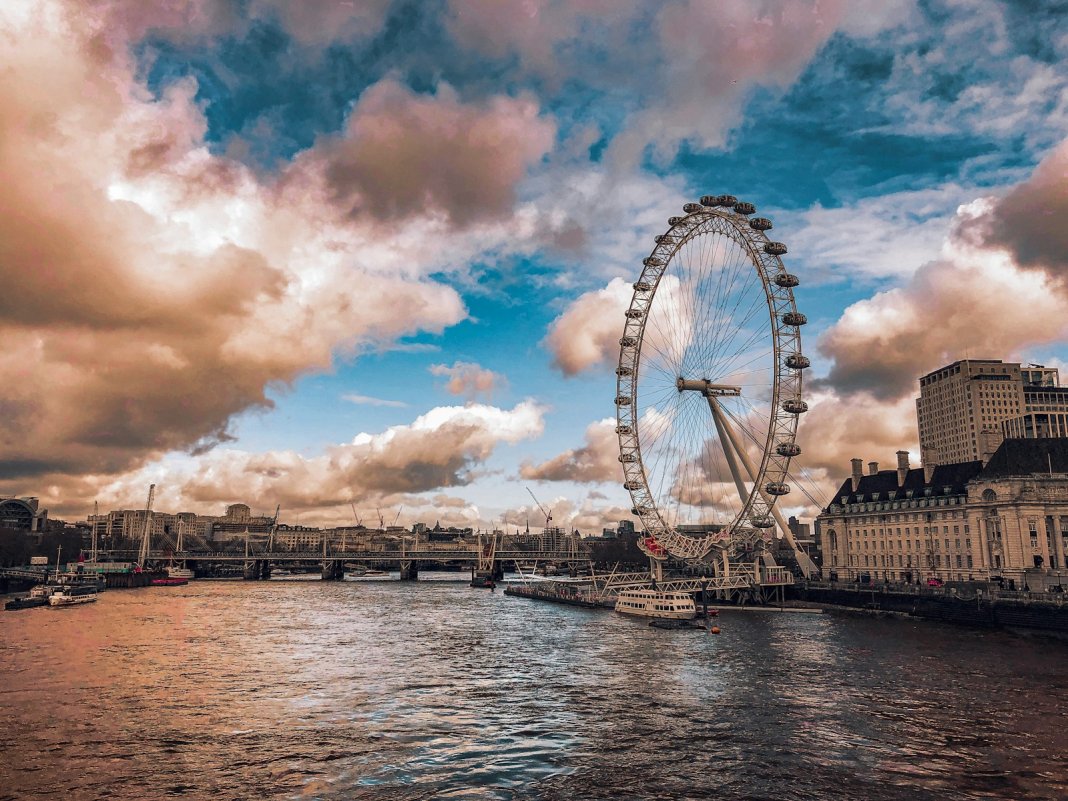When the clock struck midnight on December 31, 1999, London put on one of the greatest shows in its history. The Thames erupted in a spectacular fireworks display, the newly-completed London Eye lit up for the first time, and the controversial Millennium Dome stood ready to welcome visitors to what was meant to be the greatest show on Earth.
The millennium celebrations represented the largest peacetime operation London had ever mounted. The centerpiece was the Millennium Dome in Greenwich – a massive structure bigger than the Albert Hall and tall enough to house Nelson’s Column. At £789 million, it was the most expensive tent in history, its twelve giant yellow support towers representing the months of the year and hours on a clock face.
The Dome’s creation was a story of ambition, controversy, and very British debate. Critics called it a waste of money and a “millennium folly.” Supporters saw it as a bold statement of Britain’s future. Inside, visitors found themed zones exploring everything from the human body to the future of work. Some exhibitions were hits (the popular Body Zone), others misses (the widely mocked Spirit Zone), but nothing could quite live up to the enormous hype.
Meanwhile, on the South Bank, the London Eye was having its own millennium drama. The world’s largest observation wheel was supposed to open for the celebrations, but technical problems delayed its first public rotation until March 2000. Despite the setback, it would prove to be London’s most successful millennium project, becoming one of the city’s most popular attractions.
The celebrations themselves were extraordinary. A million people gathered along the Thames to watch the fireworks, while the river itself hosted the largest flotilla since the Queen’s coronation. Every major London landmark was illuminated, and the city’s churches rang their bells in sequence as midnight approached.
Some fascinating details from the period survive. The Dome’s construction required enough steel to build 23 Channel Tunnel boring machines. The London Eye’s parts came from six countries and arrived on barges up the Thames. Time capsules were buried across London, including one beneath the Dome containing everything from a Spice Girls CD to a packet of Tesco checkout receipts.
Today, the physical legacy of the millennium celebrations can still be seen. The Dome, reborn as The O2, has become one of the world’s most successful entertainment venues. The London Eye remains a crucial part of the capital’s skyline and tourist economy. Less remembered are the numerous smaller millennium projects that transformed communities across London, from new parks to community centers.
Some lesser-known aspects of the celebrations include the millennium-themed artworks commissioned across the city, the special edition of the London A-Z showing how the capital might look in 2100, and the “River of Fire” that was supposed to run along the Thames at midnight (but proved rather underwhelming in reality).

The impact on London was significant. The celebrations helped shift the city’s center of gravity eastward, with the Dome acting as a catalyst for the regeneration of Greenwich Peninsula. The London Eye transformed the South Bank, proving that bold modern additions could enhance historic areas. The whole experience taught valuable lessons about major project management that would prove useful for the 2012 Olympics.
Next time you’re riding the London Eye or attending a concert at The O2, remember the mixture of optimism and skepticism that greeted these structures at their birth. They represent a moment when London dared to think big, even if not everything went according to plan.
The millennium celebrations marked London’s entry into the 21st century with characteristic ambition and controversy. While not everything worked as planned (the much-mocked “River of Fire” remains a running joke), the physical legacy has proved more durable than many expected. The Dome may not have been the “triumph of optimism over cynicism” that Tony Blair hoped for, but its successor, The O2, has become exactly that.
The turn of the millennium showed how London could still deliver grand projects on a scale to match its Victorian ancestors, while the debates around them demonstrated that the city’s tradition of robust public discourse remained equally healthy. Twenty years later, the successes and failures of the millennium projects continue to influence how London approaches major public works.
Most importantly, these projects helped London reimagine itself for a new century. Despite the controversies and setbacks, they showed that the city could still dream big and create landmarks that would stand the test of time. In their own way, the Dome and the Eye became symbols of London’s ability to reinvent itself while maintaining its essential character.
A Little Bit of London In Your Inbox Weekly. Sign-up for our free weekly London newsletter. Sent every Friday with the latest news from London!




